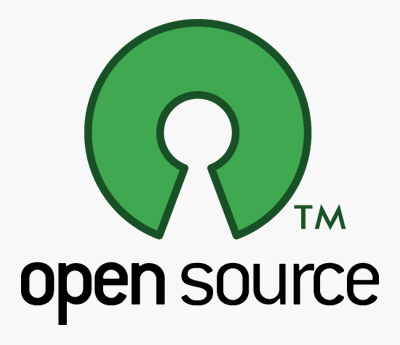So I finally tried Wave...
Last week, TechCrunch published a story about me not yet trying Google Wave ("Gmail Creator Thinks Email Will Last Forever. And Hasn't Tried Google Wave"). The is apparently unacceptable, or as one commenter put it, "Paul may have been trying to be cool and ironic, but really he should be ashamed for not having tried Wave yet." I'm not sure if this is because I have an obligation to try all new products, or because my views on the longevity of email will seem hopelessly naive once I try Wave, but either way, I mustn't disappoint the good people of TechCrunch :)
The Google Wave About page and video does a good job of summarizing what Wave is and how it works. If you want to learn more about Wave, I would start there and skip this post. That said, here are my thoughts on Wave:
First off, Wave is clever and full of interesting ideas.
Second, comparisons to Facebook and Twitter are nonsensical. If Twitter were CNN Headline News, Google Wave would be Microsoft Office. Wave is less of a social network and more of a productivity tool. It's Google Docs meets Gmail, or as Google puts it, "A wave is equal parts conversation and document. People can communicate and work together with richly formatted text, photos, videos, maps, and more."
Third, although Wave is very promising, it's clear that it still needs some refinement. This is why Google calls it a "preview release". The trouble with innovative new ideas is that not all of them are worth keeping. While developing Gmail, we implemented a lot of features that were either not released, or not released until much later. Some of the most interesting ideas (such as automatic email prioritization) never made it out because we couldn't find simple enough interfaces. Other ideas sounded good, but in practice weren't useful enough to justify the added complexity (such as multiple stars). Other features, such as integrated IM, simply needed more time to get right and were added later. Our approach was somewhat minimal: only include features that had proven to be highly useful, such as the conversation view and search. It's my impression that Wave was released at an earlier stage of development -- they included all of the features, and will likely winnow and refine them as Wave approaches a full launch. The Wave approach can be a little confusing, but it allows for greater public feedback and testing.
From what I've seen, the realtime aspects of Wave are both the most intriguing, and the most problematic. I think the root of the issue is that conversations need to be mostly linear, or else they become incomprehensible. IM and chat work because there is a nice, linear back-and-forth among the participants. Wave puts the conversation into little Gmail-like boxes, but then makes them update in realtime. The result is that people end up responding (in realtime) to things on other parts of the page, and the chronological linkage and flow of the conversation is lost. I suspect it would work better if each box behaved more like a little chat room. A single Wave could contain multiple chats (different sub-topics), but each box would be mostly self-contained and could be read in a linear fashion.
So now that I've tried Wave, do I expect it to kill email? No. The reason that nothing is going to kill email anytime soon is quite simple: email is universal (or as close to it as anything on the Internet). Email has all kinds of problems and I often hate it, but the fact is that it mostly works, and there's a huge amount of experience and infrastructure supporting it. The best we can do is to use email less, and tools like Wave and Docs are a big help here.
I don't know what Google has planned for Wave or Gmail, but if I were them I would continue improving Wave, and then once it's ready for the whole world to use, integrate it into Gmail. Moving Wave into Gmail would give it a huge userbase, and partially address the "email is universal" problem. They could use MIME multi-part to send both a non-Wave, HTML version of the message, and the Wave version. Wave-enabled mail readers would display the live Wave, while older mailers would show the static version along with a link to the live Wave.

















